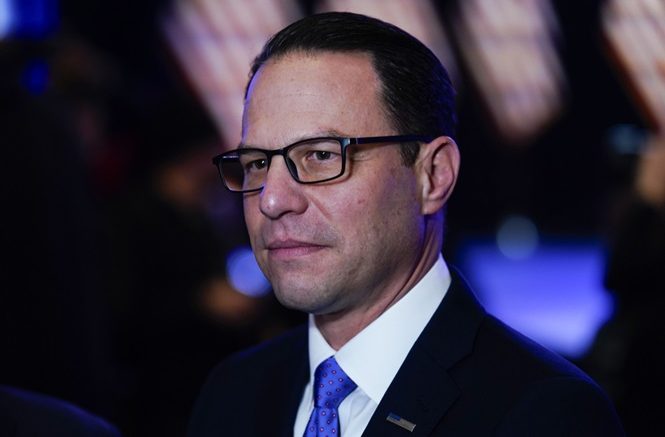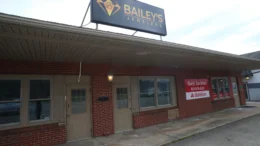HARRISBURG (AP) — Gov. Josh Shapiro plans next month to propose an overhaul of a higher education system in Pennsylvania that is among the worst in the nation in affordability, his administration said Friday.
Aspects of the plan will include lowering tuition at state-owned universities, coordinating their degree programs with community colleges and funding institutions based, at least in part, on performance metrics. It also would mean more grant money, including for students who attend private universities in Pennsylvania.
The administration did not release many specifics and said the Democratic governor would give more details in his Feb. 6 budget address, using ideas that sprang from a working group of college and university presidents assembled by Shapiro last year.
In his budget address last year, Shapiro said it is time “to rethink our system of higher education – because what we’re doing isn’t working.”
The proposal will be received by Pennsylvania’s politically divided Legislature, where Democrats issued statements of support Friday and Republicans responded warily after years of partisan friction over funding.
The chancellor of the state system, Dan Greenstein, has worked to consolidate the universities and warned for years that Pennsylvania needs to greatly increase the number of adults with degrees for its economy to meet demand and keep pace with other states.
By just about every measure there is, Pennsylvania is ranked at the bottom among states in the level of higher education aid, size of student debt and affordability of its colleges. Pennsylvania ranks 48th in higher education affordability and spends less per capita on higher education aid than any other state except New Hampshire, Shapiro’s administration said.
This year’s state government spending of $2 billion on higher education is virtually the same as it was 16 years ago.
In a 2021 analysis, the nonprofit Center on Budget and Policy Priorities said Pennsylvania was neck-and-neck with South Carolina, Mississippi and Alabama for the highest price of a public four-year university as a share of median household income, at 34%. The lowest states were at less than half that share.
Meanwhile, enrollment at community colleges and state-owned universities slid by about one-third the past decade, the administration said. The system’s data shows a significant drop-off in students from families whose household income is below $100,000.
In his budget, Shapiro will propose “significant” aid for state-owned universities, community colleges and their students, the administration said. In addition, Shapiro will seek to raise grants by $1,000 — up from the maximum award of $5,750 — for Pennsylvania students who attend college in the state.
The 10 state-owned universities — including 14 campuses — and 15 independent community colleges should be united under a governance system that improves coordination between the schools and lowers costs by limiting the competition and duplication between them, the administration said.
After that, Shapiro wants to cut tuition and fees at state-owned universities to no more than $1,000 a semester for Pennsylvania students whose household income is below the state median of about $70,000.
The administration couldn’t immediately say how much money the plan would require, where Shapiro would get the money or where that amount of aid would place Pennsylvania in state rankings.
Tuition and fees at state-owned schools can run about $11,000 a year, not including the cost of a dorm room and meal plan that can run another $10,000. Students with family income below $70,000 likely receive financial aid that lowers their costs, the system said.
Eventually, the state would develop an aid formula rewarding higher education institutions for factors including growing enrollment and graduation rate, the administration said.
Schools would get incentives to help students earn degrees or credentials in growing fields and fields with workforce shortages, the administration said.
Much of the plan would not affect the state’s largest universities, including Penn State, Temple and Pitt, which are getting nearly $600 million in aid this year to help subsidize tuition for in-state students.







































